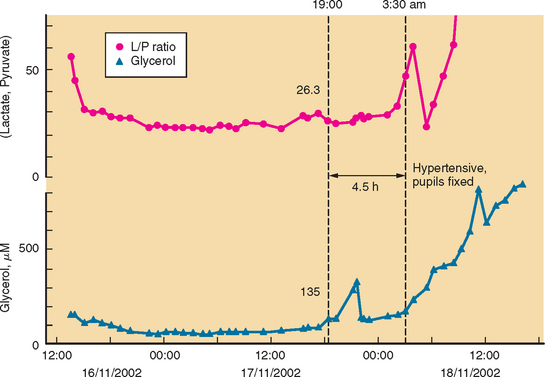
Tractional retinal detachments as areas of neovascularisation grow into the vitreous and form fibrous bands suspending the retina. Recurrent vitreous haemorrhage from bleeding areas of neovascularisation. Neovascularisation elsewhere 2 Advanced diabetic retinopathyĪdvanced diabetic retinopathy results in: These new vessels may either be at the disc, termed “new vessels at the disc” (NVD), or over the other areas of the retina “new vessels elsewhere” (NVE). Insufficient retinal perfusion results in the production of vascular endothelial growth factor (VEGF) which results in the development of new vessels on the retina ( neovascularisation). Cotton wool spots in pre-proliferative diabetic retinopathy 2 Proliferative diabetic retinopathy Other signs of pre-proliferative retinopathy include venous changes and intraretinal microvascular anomalies (IRMA) but you would not be expected to know or recognise them at the undergraduate level. They are accumulations of dead nerve cells from ischaemic damage. Cotton wool spotsĬotton wool spots appear as small, fluffy, whitish superficial lesions. The presence of retinal ischaemia represents a progression from background diabetic retinopathy to the pre-proliferative stage. Dot and blot haemorrhages in diabetic retinopathy 2 Pre-proliferative diabetic retinopathy It is not particularly important to be able to distinguish between small haemorrhages and microaneurysms as they are both parts of pre-proliferative retinopathy. They may look like microaneurysms if small enough. Microaneurysms 2 Dot and blot haemorrhagesĭot and blot haemorrhages arise from bleeding capillaries in the middle layers of the retina. They may be clinically indistinguishable from small dot and blot haemorrhages (see below). Microaneurysms are localised outpouchings of capillaries that leak plasma constituents into the retina. 
Stages of diabetic retinopathy Background diabetic retinopathy Microaneurysms

Many medical schools focus on the grading system below, though others do exist. The spectrum of diabetic retinopathy is shown below. Other vascular risk factors like hypertension, hyperlipidaemia and smoking also contribute to the risk of developing diabetic retinopathy. The most important risk factors for developing diabetic retinopathy are the duration of diabetes and poor diabetic control. A normal fundus photograph of a right eye 1 Diabetic retinopathyĭiabetic retinopathy is a form of micro-angiopathy causing damage to the small blood vessels of the retina as a result of hyperglycaemia. You might also be interested in our medical flashcard collection which contains over 1000 flashcards that cover key medical topics.






 0 kommentar(er)
0 kommentar(er)
